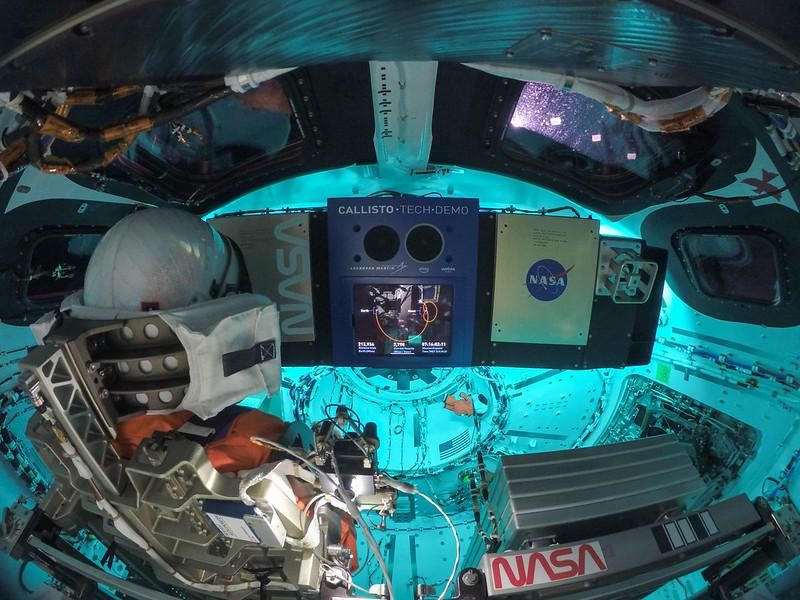Artemis Launch
- Zahra
- Dec 15, 2022
- 3 min read
Hi! I am aware it has been a long time, but I am back today with more STEM news for you! Today this article will cover the Artemis space mission, which as of 3 days ago, was successfully completed.
The Artemis mission is the first American mission to the moon since the infamous Apollo mission, which ended in 1975. This first mission is one of many that will hopefully help humans build a long-term presence on the moon, and hopefully be one of many stepping-stones it will take for us humans to make it to Mars.
The overall goal of the Artemis mission is to establish a lunar base on the Moon and within its orbit. This should hopefully mean that astronauts could spend long periods of the time on the moon – the hope being weeks or even months. The Lunar Gateway will be in orbit around the moon, acting as a stop for astronauts and used for scientific research of the moon itself. We have come a long way from the 1970s in terms of technology, so NASA hope to be able to extend their knowledge of the moon considerably, and this mission would help accomplish just that.
There is also the hope of being able to develop a moon-landing module, which would allow transportation of humans and cargo between the Lunar Gateway and the surface of the moon, to assist anyone who may be on the Lunar Gateway in accessing the moon.
The completion of the first stage of the mission was marked by the successful return of the Orion. This was a spacecraft that took off on the 15th of November, after having suffered multiple delays pushing its launch back by 4 months due to storms and engine problems. This ship was completely unmanned and sent up to space as a test to see if it was safe for other ships to be sent to the moon by similar methods. This would allow NASA to understand the different elements of the take-off better as well as any impacts or previously unconsidered factors that they would have to handle better for the next stage of the mission to be green-lit.
The SLS (Space Launch System) rocket was one of the main features being tested, ensuring that it would be completely functional and successfully traverse the distance between our planet and the Moon. Mannequins were used to simulate how astronauts would feel over the course of the flight, however two special passengers were aboard the spacecraft: Shawn the Sheep and Snoopy, the latter of which can be seen in the picture below.

[A Moonikin and Snoopy on board Orion flying through space | Credits: NASA]
This mission took 5 days just to get into a position where the moon’s gravity was the greatest type of gravity acting on the ship. Having travelled 450,000km towards the moon, it went into the moon's orbit on day 9, approximately 80,000 km above the surface of the moon, where it spent just under 2 weeks before beginning its return journey. Finally, the Orion splashed down off the coast of California on Sunday December 11th, marking the successful completion of the first stage of the Artemis mission.
So what have we learnt from this initial expedition?
Well, we have found out just how powerful the SLS truly is, despite its multiple prior issues, and despite its ability to cause severe damage to the launchpad. Some of the technology that was sent up with the Orion did not remain functional for assorted reasons, so scientists have developed their understanding of deep space and gained further insight into the technological requirements of these satellites to be functional in such extreme conditions. The Orion itself had suffered a few problems, which should be addressed in time for the launch of Artemis 2.
The next phases of the mission include sending humans further into space than anyone has been before in 2024, where the crewmembers will carry out extensive testing in Earth's orbit, and sending the first woman and person of colour to the moon later in 2025 to insert an HLS (Human Landing System) in the moon's orbit. This third mission will be the first-time people have been on the moon since 1972 with the Apollo 17. We hope that they do successfully complete their mission, and wish them the best of luck for the upcoming launches.
Comments